Knowing what type of rocks and soils you have on your farm is really important if you plan to have a garden or pasture. The type of soil you have will indicate what fertilization you will need and also give you clues on how to be a good steward over your land. I recommend that everyone get a soil test, it will tell you a whole lot about your land! My friend Gaz from Startoff Homesteading and Almost a Farmer is a geologist and homesteader – which means he knows rocks and soils! He was kind enough to write us a guest post on the topic. Give it a read and then had over to his sites to check out his great content!
Rocks and Soils – a simple primer
Knowing about the types of rocks on your farm can really help you to understand the mineral component of your soil. That mineral component is so important but often overlooked as we strive to improve our soils through adding organic material via composting. But it is the mineral component that provides most of the vital elements needed for plant growth. So how does this all work? All the rocks on our planet can be divided into three major groups.
Igneous rocks –
Are those that formed from the cooling of molten rock either below ground (plutonic rocks like granite or gabbro) or above ground (volcanic rocks like basalt or rhyolite).
Sedimentary rocks –
Are those formed from the cementing together of cobbles, sands, silts or mud size particles into layers of rocks. Most of these are formed in the oceans on the margins of the continents where these materials have have washed from the land by rivers. These include rocks such as sandstone, shale, conglomerate or built up from the remains of animals like limestone.
Metamorphic rocks –
These are the squashed and/or cooked (but not melted) remains of any rocks that have been in locations of mountain building, continents colliding or close to huge masses of molten material. Rocks like schists and marbles, quartzites and gneisses.
I hope I have not lost you so far. Maybe I have rekindled that knowledge that you learned when you were back in middle school? I hope so…but we have a few steps to go to get to soil.
All these rocks are made up of a mix of the common minerals. Quartz, Felspars, Mica, Amphibole, Pyroxene, Olivine and Calcite. And there are then a splattering of minor minerals.
Here is a table of just a few of the common rock types and the minerals they contain:
Rock type Rock Name Minerals
Igneous Granite Quartz Feldspar Mica
Igneous Rhyolite Quartz Feldspar Mica
Igneous Basalt Amphibole Feldspar Pyroxene Olivine
Metamorphic Marble Calcite
Metamorphic Schist Mica Quartz
Metamorphic Gneiss Quartz Feldspar
Sedimentary Sandstone Quartz Feldspar Mica Clays
Sedimentary Shale Clays
Sedimentary Limestone Calcite
Once a rock is exposed to the weather it will start to break down “physically” into smaller grains and “chemically” into different minerals. These major rock forming minerals break down into the following minerals you will find in your soils:
Original Mineral, New Mineral, Released Elements
Quartz, Quartz,
Felspars, Clays, Potassium Sodium Calcium
Mica, Clays, Potassium
Amphibole, Clays, Iron
Pyroxene, Clays, Iron
Olivine, Clays, Iron Magnesium
Calcite & Dolomite, Calcite, Calcium Magnesium
If we combine these two pieces of information together, it works like this. If you you live in an area where granite is the dominate rock type (a rock containing quartz, feldspar and mica), you will find your well developed soils contain quartz grains and clays. In less developed soil, it will appear sandy as the feldspars may not yet broken down into clays. The soil will contain potassium, sodium and calcium.
If your homestead is on basalt, you will have clay rich soils with loads of iron and magnesium.
The best way to find out what rocks you have in your area is to visit your national or state’s Geological Survey. To find those in the USA go here. They will have maps (many online) and advice to help you discover whats under your feet.
What ever rock type you have on your farm will directly affect the type of soil you have to work with – or at least start with if you are one to add compost and with love and care improve your soil immensely.
Gaz Lewis –
A homesteader and geology educator living in Maine. Gaz writes about homesteading on his blog (www.almostafarmer.com) and provides advice to new homesteaders on Startoff Homesteading (www.startoffhomesteading.com).
Pin this farm tip on your Hobby Farming board to SAVE it for later! Follow Longbourn Farm on Pinterest for more great tips, ideas, and tutorials!
[et_bloom_inline optin_id=”optin_4″]
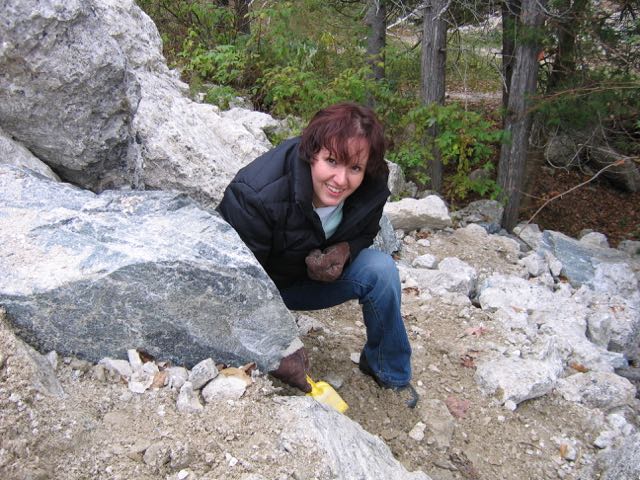
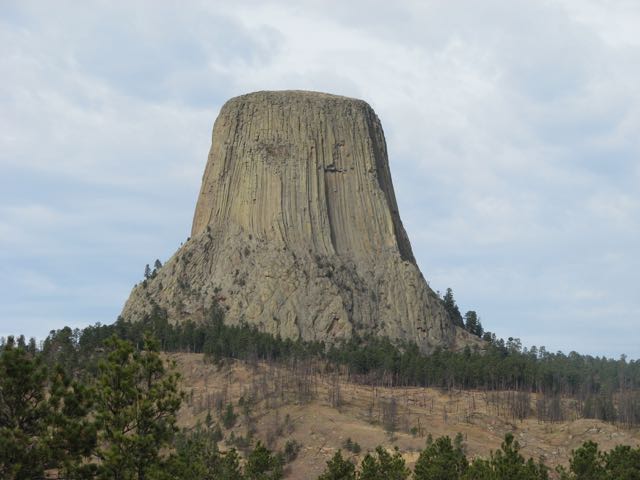
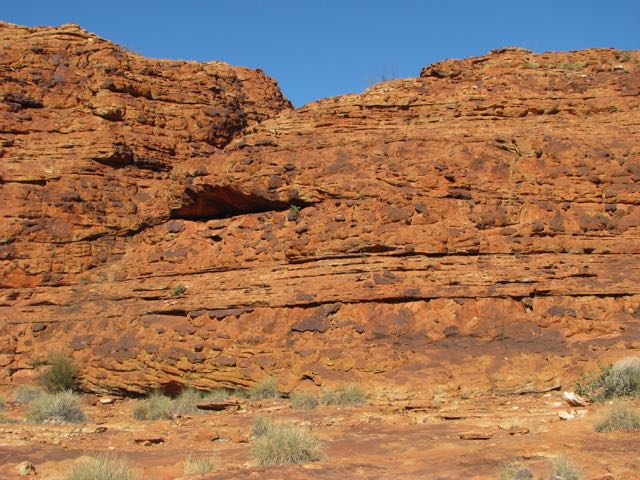
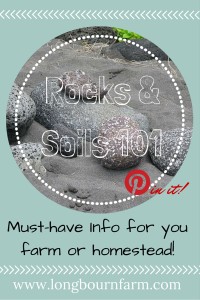

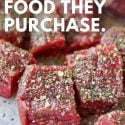
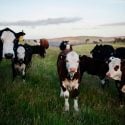
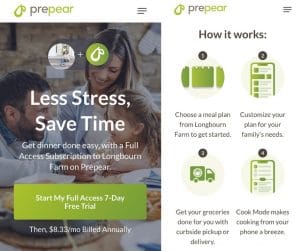

Leave a Reply